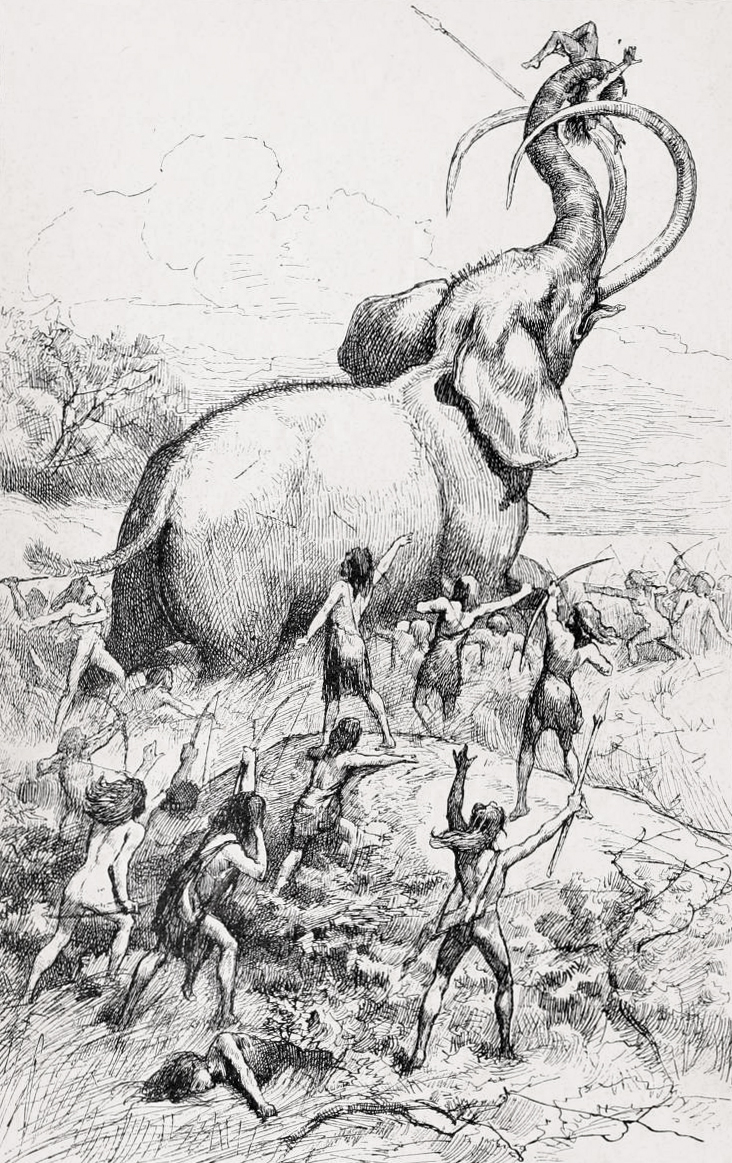Mammoth Central on:
[Wikipedia]
[Google]
[Amazon]
 Mammoth central ( es, Central de Mamuts) is a
Mammoth central ( es, Central de Mamuts) is a
 The site was discovered during the construction of
The site was discovered during the construction of
Associated Press video report of finding
Paleontology in Mexico Pleistocene paleontological sites of North America Archaeological sites in Mexico
 Mammoth central ( es, Central de Mamuts) is a
Mammoth central ( es, Central de Mamuts) is a paleontological site
A paleontological or fossiliferous site is a locality in which a significant quantity of fossils is naturally preserved in the rocks. The extent of the site is determined, in some cases, by the spatial distribution of the concentration of fossils ...
on the grounds of the Santa Lucía Airport in the state of Mexico, Mexico
Mexico (Spanish: México), officially the United Mexican States, is a country in the southern portion of North America. It is bordered to the north by the United States; to the south and west by the Pacific Ocean; to the southeast by Guatema ...
which contains the remains of at least 200 Columbian mammoth
The Columbian mammoth (''Mammuthus columbi'') is an extinct species of mammoth that inhabited the Americas as far north as the Northern United States and as far south as Costa Rica during the Pleistocene epoch. It was one of the last in a line ...
s as well as 25 camels
A camel (from: la, camelus and grc-gre, κάμηλος (''kamēlos'') from Hebrew or Phoenician: גָמָל ''gāmāl''.) is an even-toed ungulate in the genus ''Camelus'' that bears distinctive fatty deposits known as "humps" on its back. C ...
and five horses. The site is the world's largest concentration of mammoth remains; the previous was The Mammoth Site
The Mammoth Site is a museum and paleontological site near Hot Springs, South Dakota, in the Black Hills. It is an active paleontological excavation site at which research and excavations are continuing. The facility encloses a prehistoric sinkh ...
in South Dakota with only 61 individuals. Human tools and carved bones have also been discovered at the site, suggesting that humans utilized the site to trap and kill large mammals. More fossils continue to be found at the site. The dig will end in 2022, when the airport's construction is projected to conclude.
History
The site is believed to have been the boggy shores of an ancient lake bed where animals were trapped 10,0000 to 20,000 years ago. Human tools have been found at the site. Some have hypothesized that humans drove the mammoths into the area to kill them. Archaeologist Rubén Manzanilla López, of theInstituto Nacional de Antropología e Historia
The Instituto Nacional de Antropología e Historia (INAH, ''National Institute of Anthropology and History'') is a Mexican federal government bureau established in 1939 to guarantee the research, preservation, protection, and promotion of the ...
, has also reported that the mammoths appeared to have been "carved up" by humans. It remains unclear whether the mammoths died of natural causes and were then carved by humans. The site is only from artificial pits which were once used by humans to trap and kills large mammals.
Discovery
 The site was discovered during the construction of
The site was discovered during the construction of Mexico City Santa Lucía Airport
Mexico (Spanish language, Spanish: México), officially the United Mexican States, is a List of sovereign states, country in the southern portion of North America. It is borders of Mexico, bordered to the north by the United States; to the so ...
. Due to the frequency of remains and artifacts, all bulldozers and construction workers are accompanied by archeologists. Construction has been stopped multiple times for further excavations.
Significance
Researchers hope that the site will reveal the main causes of the extinction of the Columbian mammoth. Paleontologist Joaquin Arroyo Cabrales believes that the site will reveal that there was a "synergy effect betweenclimate change
In common usage, climate change describes global warming—the ongoing increase in global average temperature—and its effects on Earth's climate system. Climate change in a broader sense also includes previous long-term changes to E ...
and human presence."
See also
*La Brea Tar Pits
La Brea Tar Pits is an active paleontological research site in urban Los Angeles. Hancock Park was formed around a group of tar pits where natural asphalt (also called asphaltum, bitumen, or pitch; ''brea'' in Spanish) has seeped up from the gro ...
* List of mammoth specimens
List of notable individual fossil or subfossil mammoth remains
List of significant fossil or subfossil mammoth bone accumulations
In the former Soviet Union and Russia, bone beds and other accumulations of fossil and subfossil bones are kno ...
* Waco Mammoth National Monument
The Waco Mammoth National Monument is a paleontological site and museum in Waco, Texas, United States where fossils of 24 Columbian mammoths (''Mammuthus columbi'') and other mammals from the Pleistocene Epoch have been uncovered. The site is th ...
References
{{ReflistExternal links
Associated Press video report of finding
Paleontology in Mexico Pleistocene paleontological sites of North America Archaeological sites in Mexico